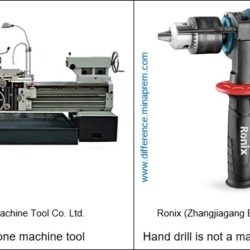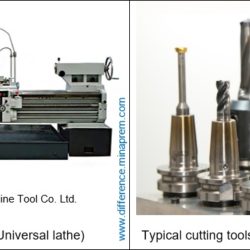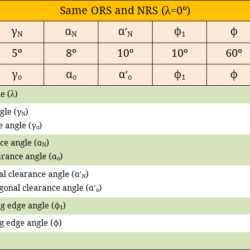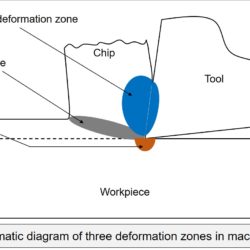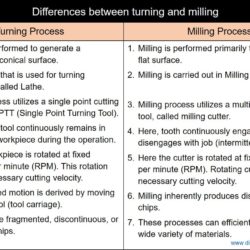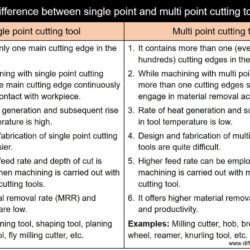Difference Between Machine and Machine Tool
In the field of mechanical engineering, “Machine” is defined as an assembly of mechanisms that are clustered together in such a way that it can perform certain operations by utilizing electrical, mechanical, hydraulic and/or pneumatic power, and thereby reduces the requirement of human effort and intervention in doing the task. However, “Machine Tool” is not exactly same with the machine. The term Machine includes wide variety of machinery, whereas Machine
